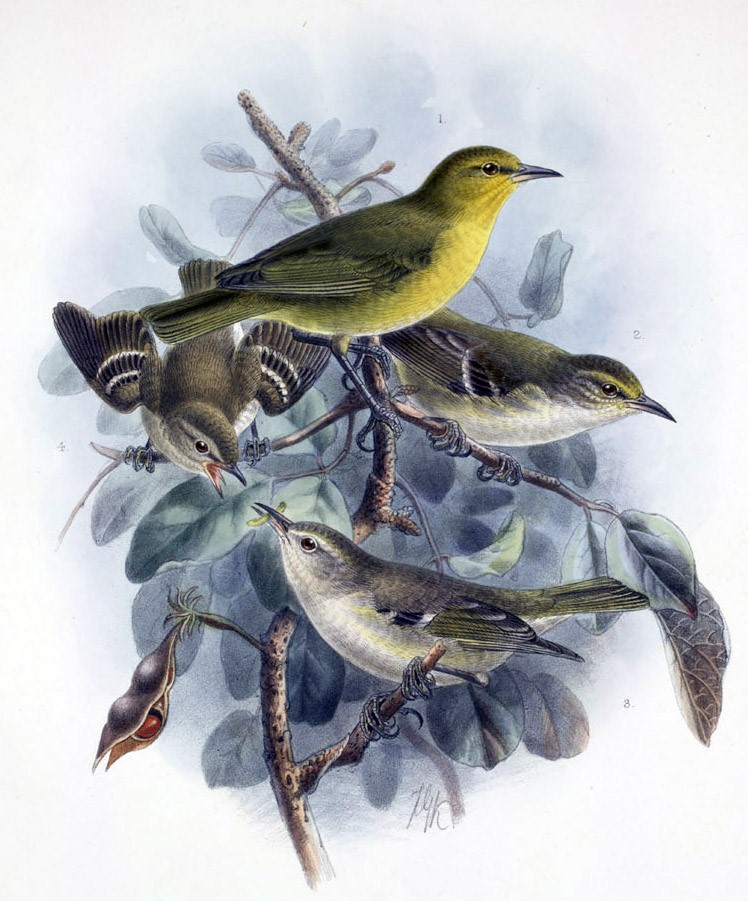Birdfinding.info ⇒ The last incontrovertible record of Oahu Alauahio was a specimen collected on September 19, 1968, along the Poamoho Trail in north-central Oahu. The last sighting that is generally credited as reliable was along the same trail on December 12, 1985. As late as the 1890s, the Oahu Alauahio was reportedly “uncommon to fairly common” in foothill forests of the Wai’anae and Ko’olau Ranges, and several specimens were collected around the turn of the century, but since 1903 there have been very few documented records despite extensive field research and surveys dedicated to finding it. There were many sight records in the late 1900s (at least 30 between 1968 and 2002), but Pyle and Pyle (2017) consider all of these to be unsubstantiated due to potential confusion with the Oahu Amakihi and a lack of reliable identification references to distinguish them (see below). Nevertheless, some of the observations included persuasive details and may have been accurate, which leaves some room for hope that it may yet survive to be rediscovered.
Oahu Alauahio †
Paroreomyza maculata
Endemic to Oahu, but presumed to be extinct.
Inhabits, or inhabited, wet foothill forests. The last reliable records were along the Poamoho Trail, north of Wahiawa, in 1968 (specimen) and 1985 (well-documented sighting).
Identification
A small honeycreeper with a short, slightly decurved, sharp-tipped bill. The bill and legs were pinkish to reddish-brown.
The male was mostly bright-yellow below and on the face, with olive-brown upperparts, dark lores, and a broad yellow forehead and eyebrow.
The female was mostly whitish-gray below and on the face, with brown upperparts, a faint yellowish wash on the belly, and two whitish wingbars. Immatures resembled females but were apparently somewhat paler.
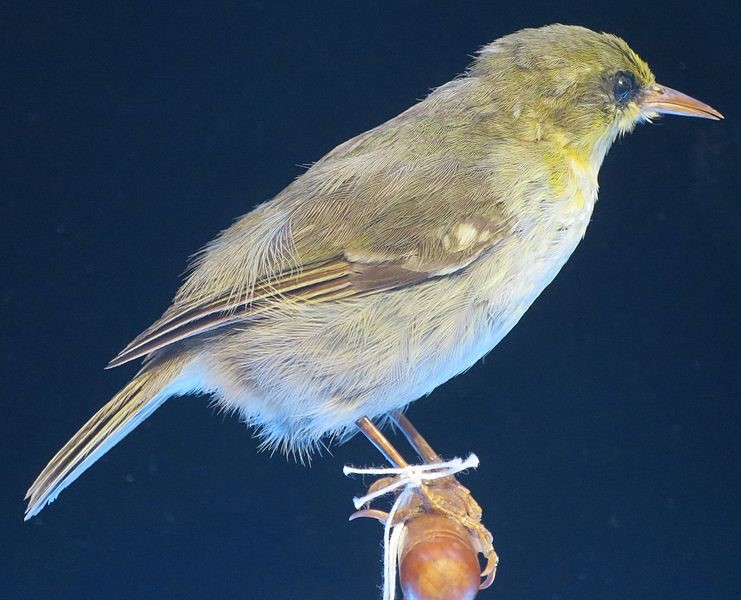
Oahu Alauahio, immature male. © Bernice Pauahi Bishop Museum

Oahu Alauahio, male, female, and immature male and female. John Gerrard Keulemans, 1900
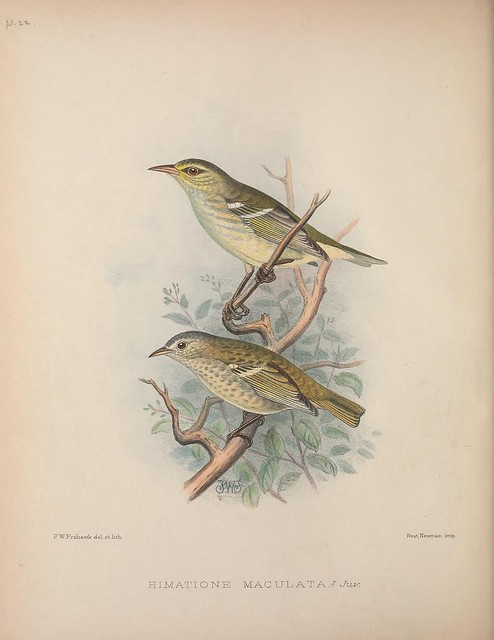
Oahu Alauahio, immature male and female—note that this representation appears to reflect confusion of the immature male with the definitive adult male plumage. Frederick Frohawk, 1899
Notes
Monotypic species. Formerly known as the Oahu Creeper.
IUCN Red List Status: Critically Endangered (Possibly Extinct).
See below for a comparison of the Oahu Alauahio with the Oahu Amakihi.
Cf. Oahu Amakihi. The presumed-extinct Oahu Alauahio closely resembled the Oahu Amakihi, and its fate has become mysterious due in part to their similarity. In both species, the male plumage is mostly yellow-to-olive, and the female and immature plumages are much plainer with whitish wingbars. The high potential for confusion casts doubt on all reports of the alauahio that are not supported by physical evidence—i.e., all modern reports except for specimens taken in 1950 and 1968.
Structurally, the amakihi has a longer and much more decurved bill. In coloration, the male amakihi is more uniformly yellow-olive, whereas the male alauahio had vivid-yellow underparts and face that contrasted with darker olive-brown upperparts. Female and immature amakihis are also more uniform in coloration, mostly pale-grayish, sometimes with a yellowish wash, whereas female and immature alauahios had contrasting whitish underparts and dark-brown upperparts.
More Images of the Oahu Alauahio
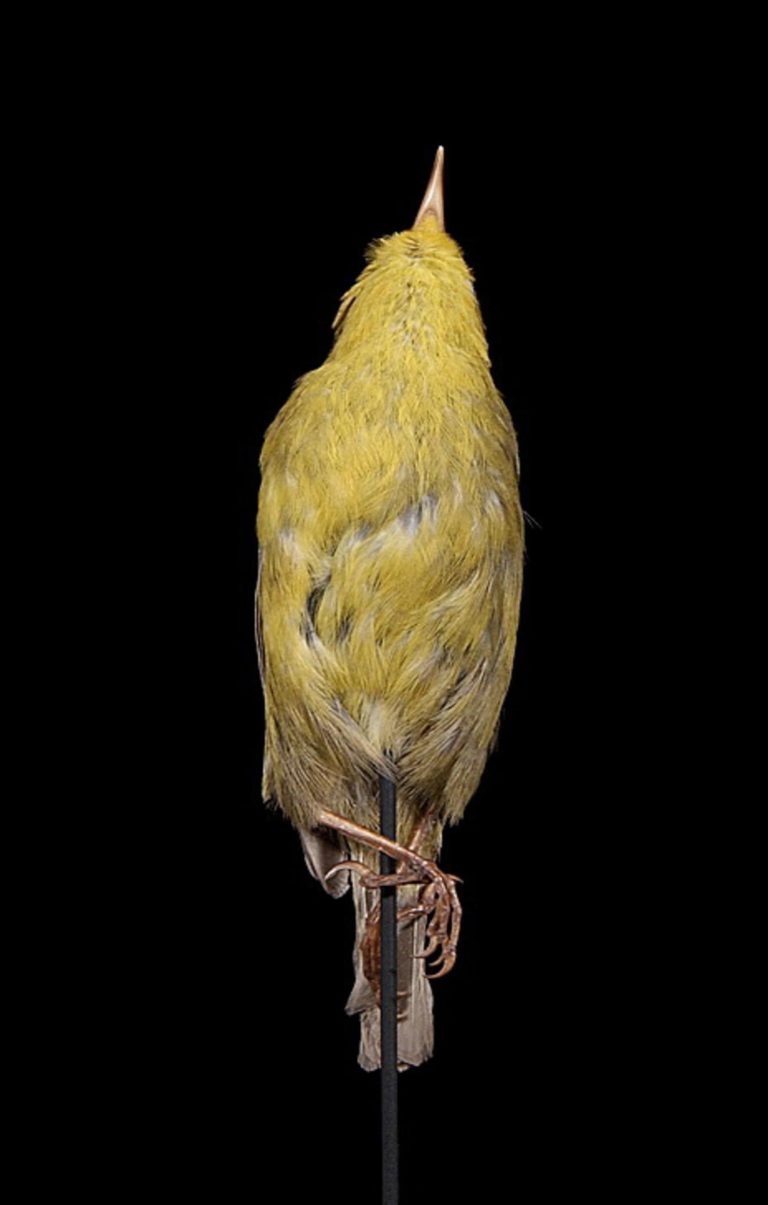
Oahu Alauahio, male, ventral view. (Specimen ID: RMNH.AVES.110005; Waimamae, Oahu, Hawaii; February 23, 1901.) © Naturalis Biodiversity Center
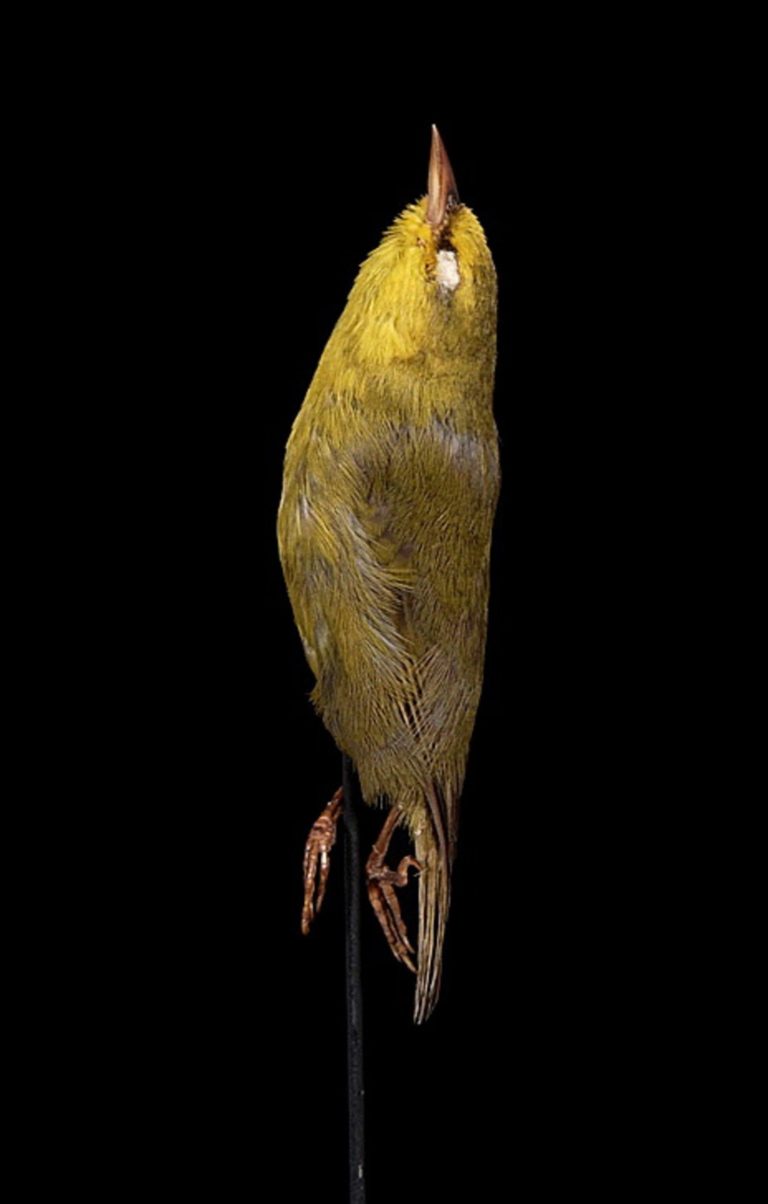
Oahu Alauahio, male, side view. (Specimen ID: RMNH.AVES.110005; Waimamae, Oahu, Hawaii; February 23, 1901.) © Naturalis Biodiversity Center
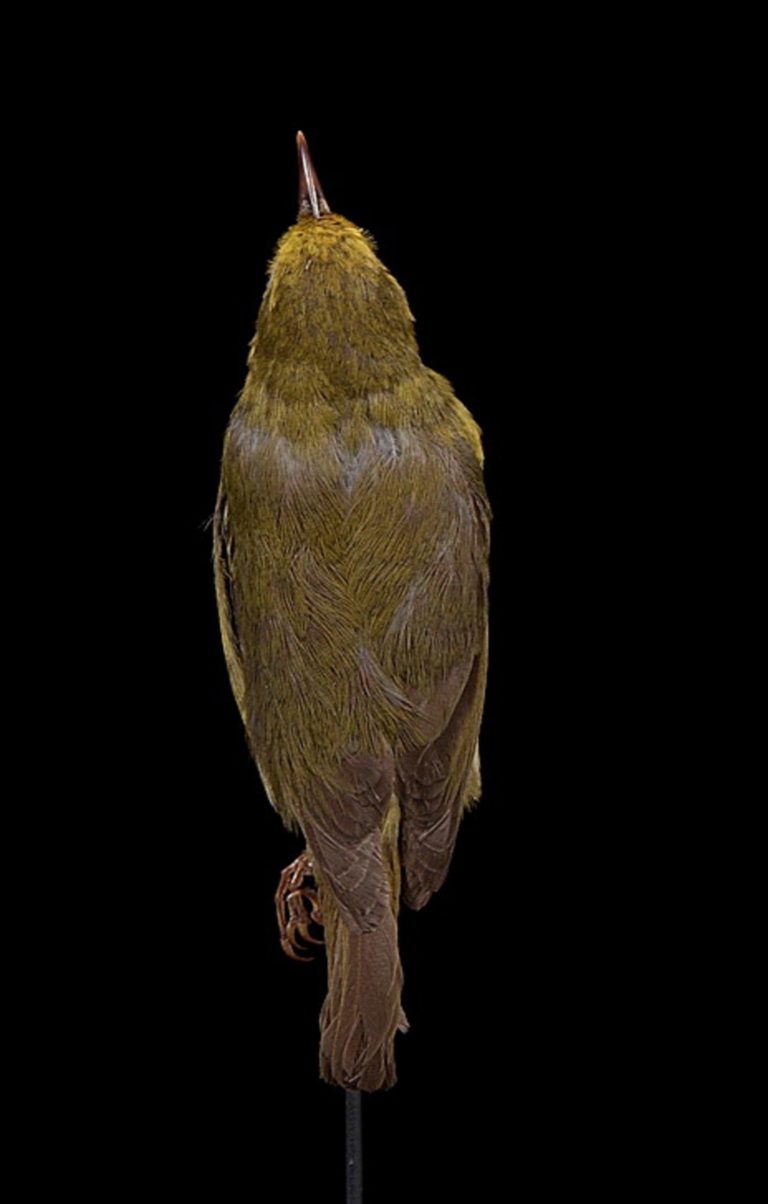
Oahu Alauahio, male, dorsal view. (Specimen ID: RMNH.AVES.110005; Waimamae, Oahu, Hawaii; February 23, 1901.) © Naturalis Biodiversity Center
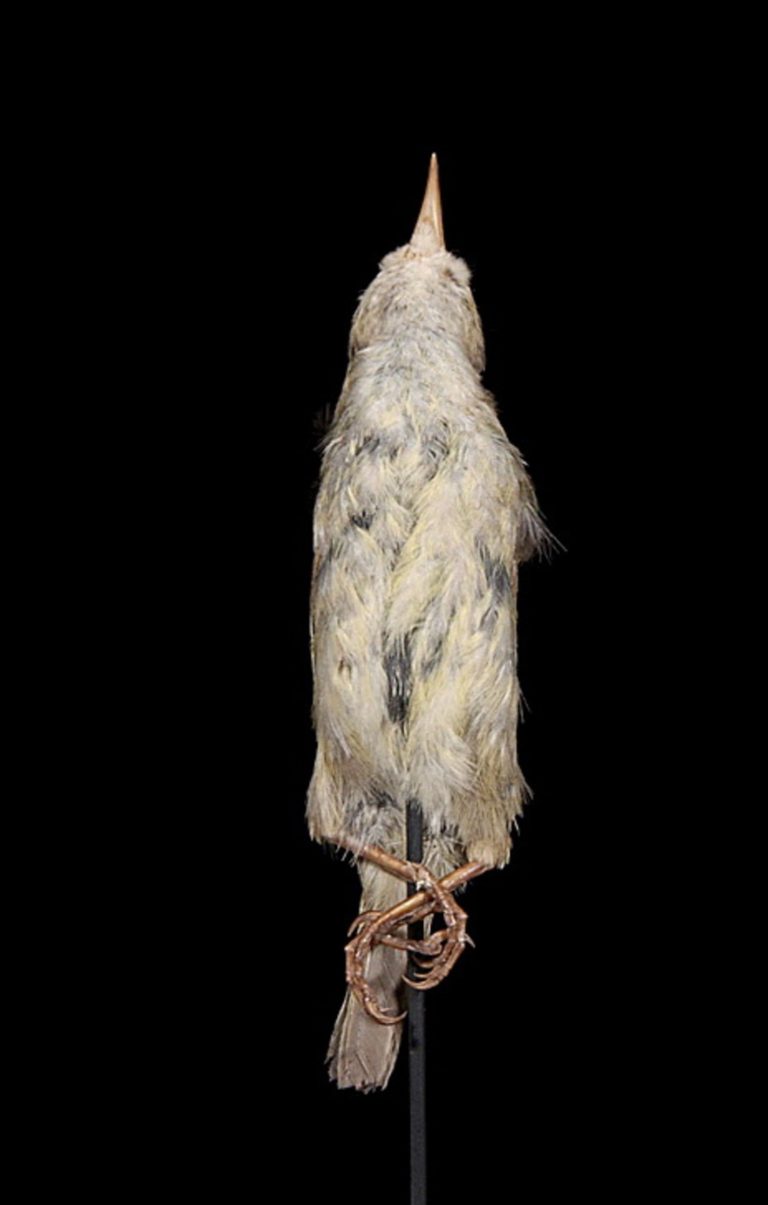
Oahu Alauahio, immature male, ventral view. (Specimen ID: RMNH.AVES.110006; Waimamae, Oahu, Hawaii; February 25, 1901.) © Naturalis Biodiversity Center
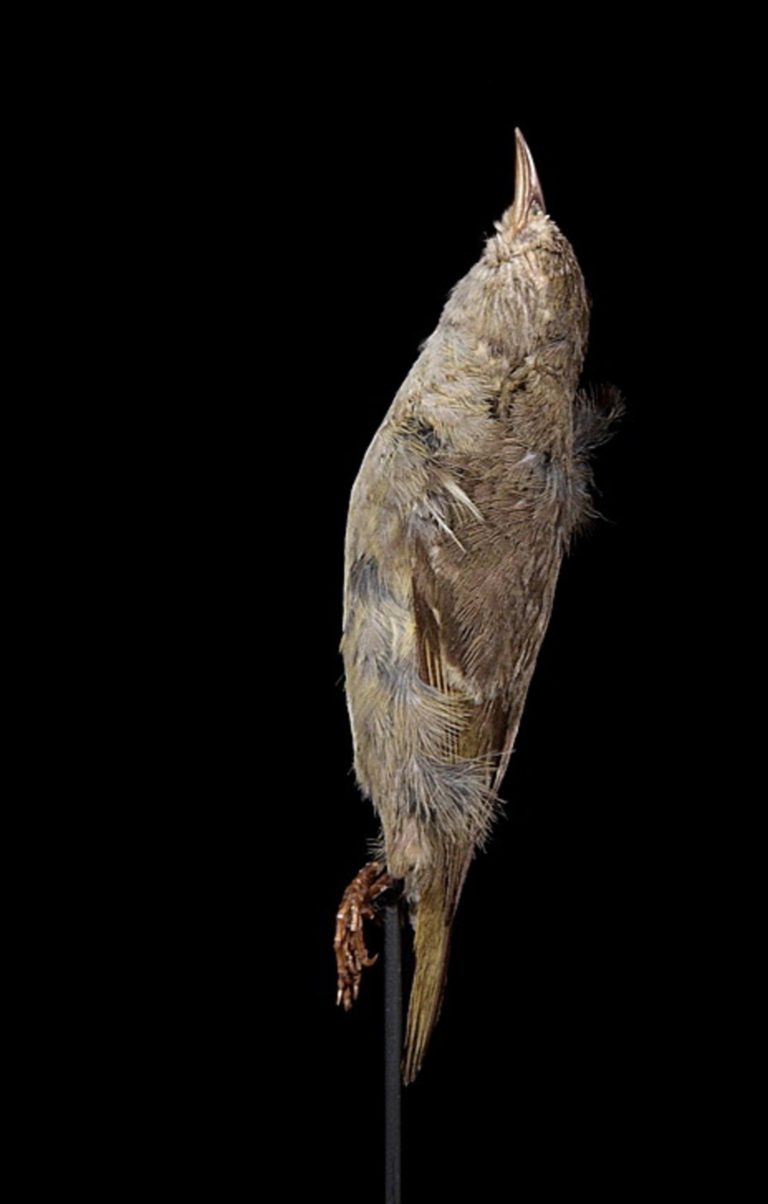
Oahu Alauahio, immature male, side view. (Specimen ID: RMNH.AVES.110006; Waimamae, Oahu, Hawaii; February 25, 1901.) © Naturalis Biodiversity Center
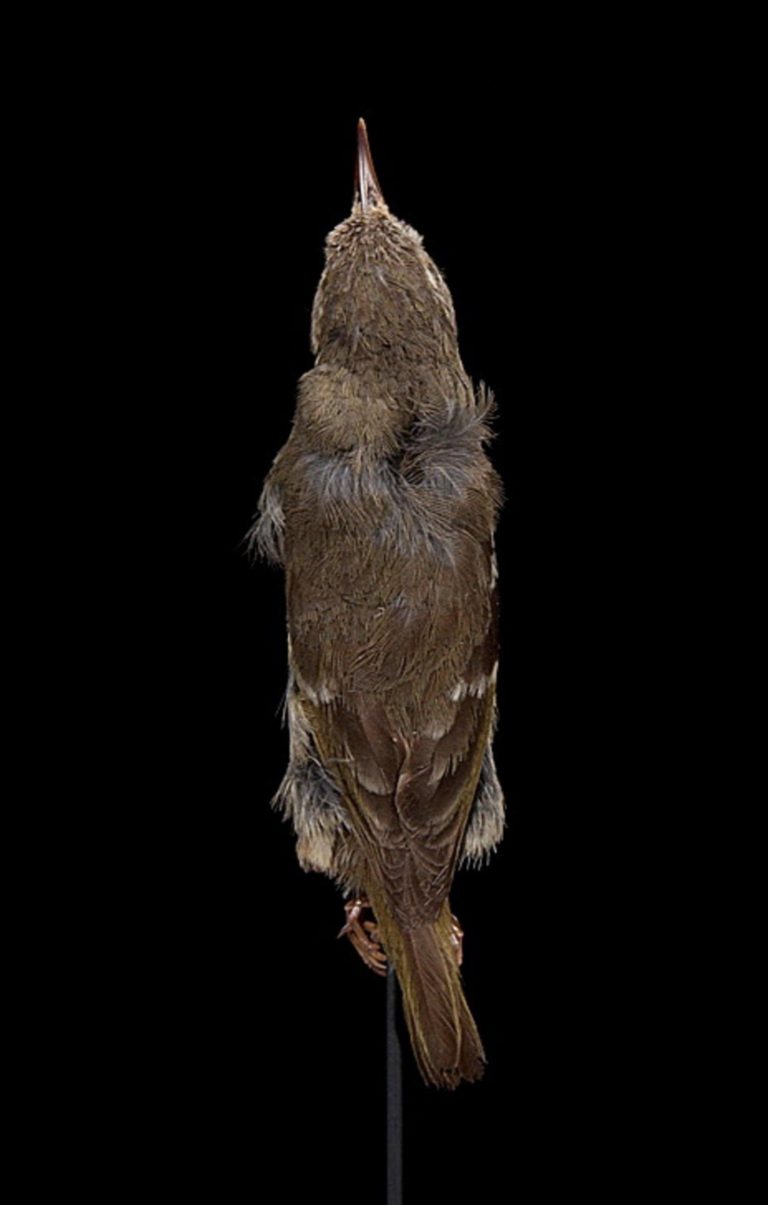
Oahu Alauahio, immature male, dorsal view. (Specimen ID: RMNH.AVES.110006; Waimamae, Oahu, Hawaii; February 25, 1901.) © Naturalis Biodiversity Center
References
BirdLife International. 2016. Paroreomyza maculata. The IUCN Red List of Threatened Species 2016: e.T22720827A94685115. https://dx.doi.org/10.2305/IUCN.UK.2016-3.RLTS.T22720827A94685115.en. (Accessed May 14, 2020.)
Hume, J.P. 2017. Extinct Birds (Second Edition). Bloomsbury Publishing PLC, London.
Pratt, H.D. 2005. The Hawaiian Honeycreepers: Drepanidinae. Oxford University Press.
Pratt, H.D., and C.J. Sharpe. 2020. Oahu Alauahio (Paroreomyza maculata). In Handbook of the Birds of the World Alive (J. del Hoyo, A. Elliott, J. Sargatal, D.A. Christie, and E. de Juana, eds.). Lynx Edicions, Barcelona. https://www.hbw.com/node/61431. (Accessed May 9, 2020.)
Pyle, R.L., and P. Pyle. 2017. The Birds of the Hawaiian Islands: Occurrence, History, Distribution, and Status. Version 2 (January 1, 2017). http://hbs.bishopmuseum.org/birds/rlp-monograph/. B.P. Bishop Museum, Honolulu, Hawaii.
